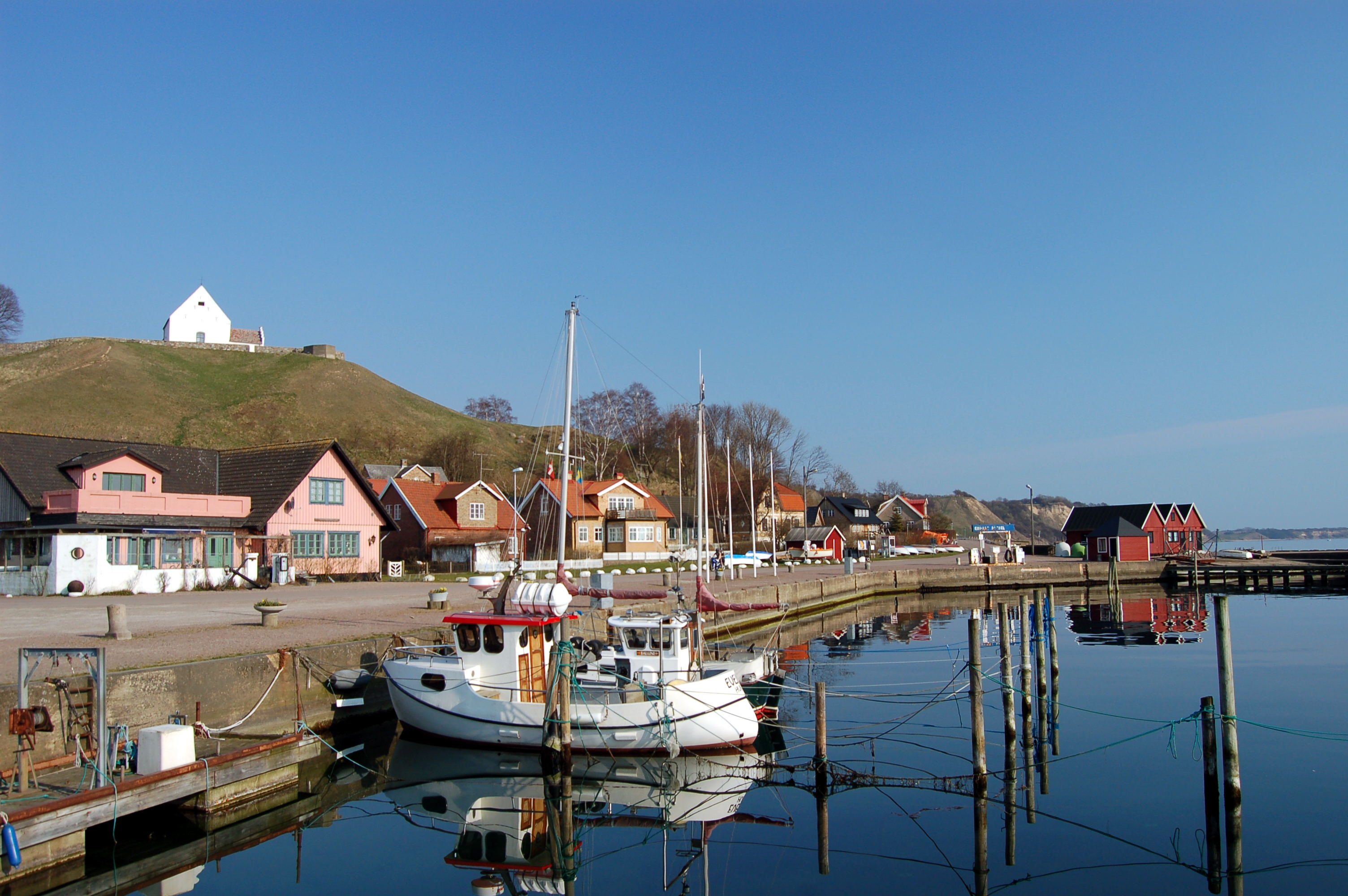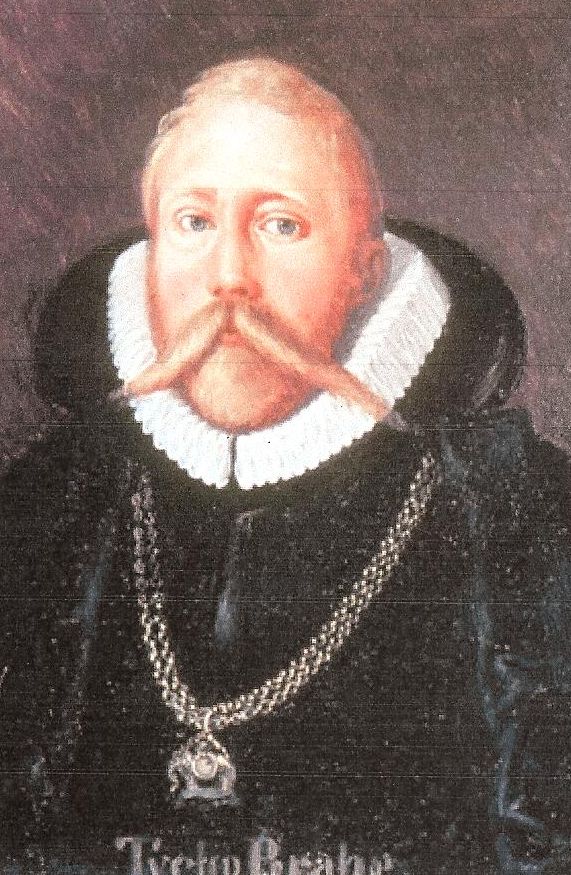Ven: the Pearl of Öresund
If you're in the southern part of Sweden, visiting Ven might be just the thing to do.
-
 Ven—the harbor at Kyrkbacken. Ven is often referred to as "Öresunds pärla"/ The Pearl of Öresund. Photo: Bjaglin/Wikimedia Commons
Ven—the harbor at Kyrkbacken. Ven is often referred to as "Öresunds pärla"/ The Pearl of Öresund. Photo: Bjaglin/Wikimedia Commons -
-
If you’re in the southern part of Sweden, visiting Ven might be just the thing to do. The small island in the Öresund strait, between Skåne and Denmark, has about 371 inhabitants and was historically under Danish rule (although it became Swedish in 1658 along with the rest of Skåne). On Ven you’ll notice the remnants of alchemist and astronomer Tycho Brahe (1546-1601). Brahe built two observatories on the island: Uraniborg and Stjerneborg. The latter, which means “Star Castle," was an underground observatory built in order for Brahe to have “some of the most important instruments securely and firmly in order that they should not be exposed to the disturbing influence of the wind, and should be easier to use."
-
 Backafall (the falling slopes) on Ven, made famous by a poem by Gabriel Jönsson. (In the foreground, the omnipresent means of island transportation, the rental bike.) Photo: jorchr/Wikimedia Commons
Backafall (the falling slopes) on Ven, made famous by a poem by Gabriel Jönsson. (In the foreground, the omnipresent means of island transportation, the rental bike.) Photo: jorchr/Wikimedia Commons -
-
There are also two churches on Ven. The older one, Sankt Ibb’s old church, was built in the 13th century and is located near the west coast; the younger, the New Church of Ven, is in the center of the island near Uranienborg. It has been made into a museum.
Some historians believe that Ven is a possible candidate for the mythical place Svolder, where a naval battle was fought between King Olaf Tryggvason of Norway and an alliance of his enemies in September of 999 or 1000. -
 Who was Tycho Brahe? Tycho Brahe (1546-1601) was a Danish nobleman known for his accurate and comprehensive astronomical and planetary observations. He was born at Knutstorp Castle in Skåne, which at the time belonged to Denmark. Brahe worked to combine what he saw as the geometrical benefits of the Copernican system with the philosophical benefits of the Ptolemaic system into his personal model of the universe, the Tychonic system. He was the last of the major astronomers who worked without telescopes for his observations. Following a disagreement with the new Danish king Christian IV in 1597, Brahe left Ven for Prague, invited by the Bohemian king and Holy Roman emperor Rudolph II. He built a new observatory at Benatky nad Jozerou, and was assisted there by German mathematician and astronomer Johannes Kepler (1571-1630). Although Brahe's planetary model was soon discredited, his astronomical observations were an essential contribution to the scientific revolution. The crater Tycho on the moon is named after him, as is the crater Tycho Brahe on Mars. Image: Tycho Brahe, a painting by Eduard Ender.
Who was Tycho Brahe? Tycho Brahe (1546-1601) was a Danish nobleman known for his accurate and comprehensive astronomical and planetary observations. He was born at Knutstorp Castle in Skåne, which at the time belonged to Denmark. Brahe worked to combine what he saw as the geometrical benefits of the Copernican system with the philosophical benefits of the Ptolemaic system into his personal model of the universe, the Tychonic system. He was the last of the major astronomers who worked without telescopes for his observations. Following a disagreement with the new Danish king Christian IV in 1597, Brahe left Ven for Prague, invited by the Bohemian king and Holy Roman emperor Rudolph II. He built a new observatory at Benatky nad Jozerou, and was assisted there by German mathematician and astronomer Johannes Kepler (1571-1630). Although Brahe's planetary model was soon discredited, his astronomical observations were an essential contribution to the scientific revolution. The crater Tycho on the moon is named after him, as is the crater Tycho Brahe on Mars. Image: Tycho Brahe, a painting by Eduard Ender. -
Ven also has one of Sweden’s active whiskey distilleries (another, and available in the U.S. being Mackmyra).
-
 Makes you understand why the call it a tall horizon.
Makes you understand why the call it a tall horizon. -
Ven is a popular tourist destination, especially great for bikers, and was made famous through author Gabriel Jönsson’s poem “Vid vakten” (At the helm), which begins with the words: “Flicka från Backafall” or Girl from Backafall. It has become a popular song in Sweden—Ven’s signature melody, describing a young sailor in the Caribbean on a long voyage, and his longing for his girlfriend back home. Backafall are the dramatically steep (98 to 130 feet) falling slopes on the coast of Ven.
Ven is reached by ferry from Landskrona in Sweden, and in the summer also from Helsingborg and Copenhagen. -
For more information: http://www.landskrona.se/Turist/Ven.aspx and www.tychobrahe.com.
-
-
